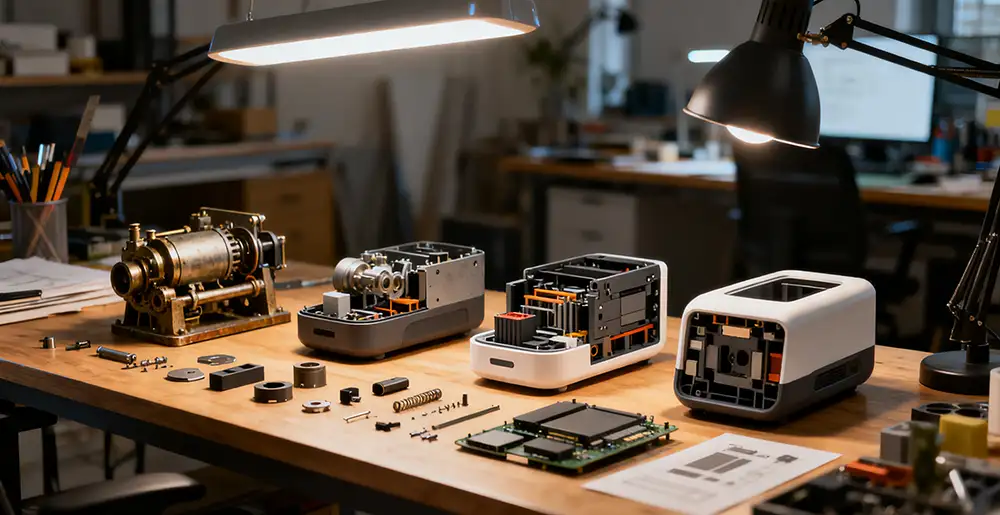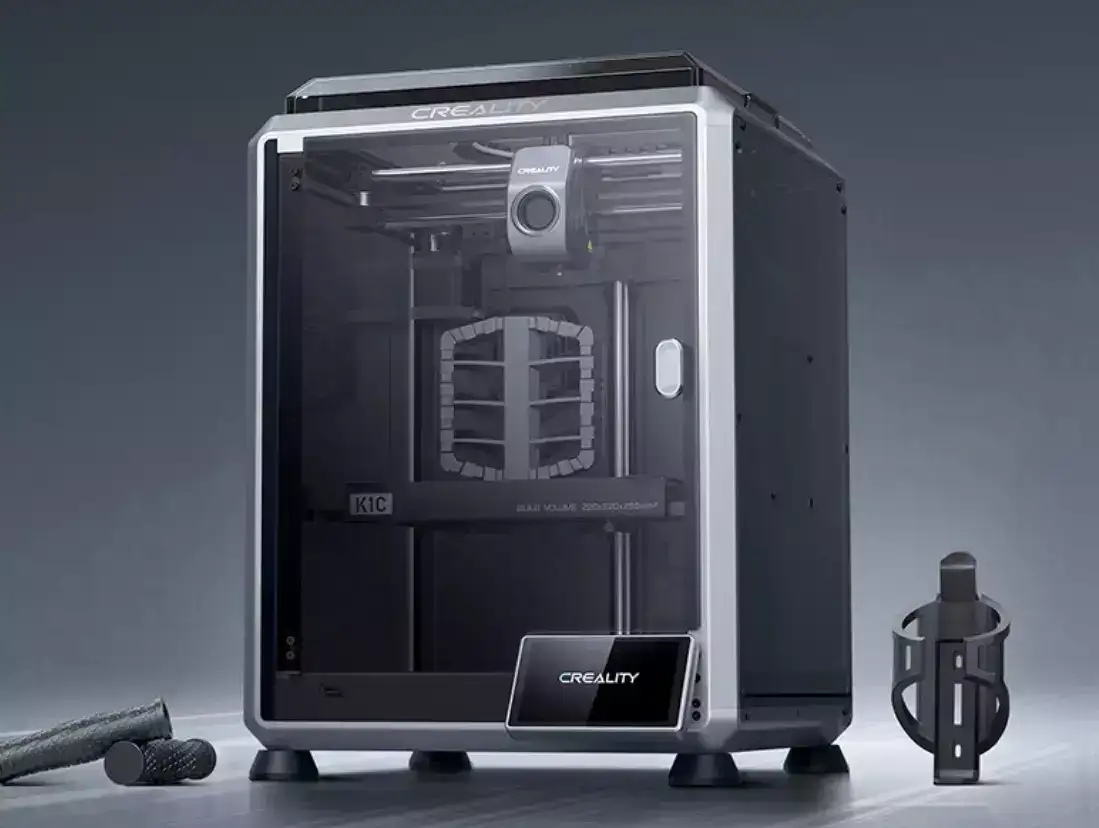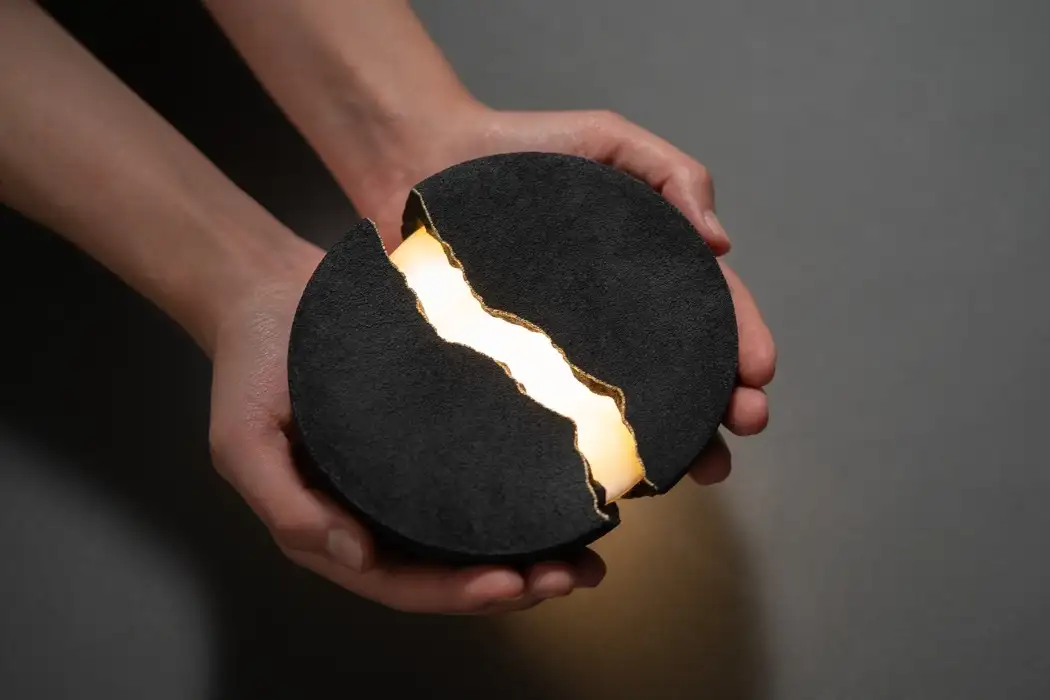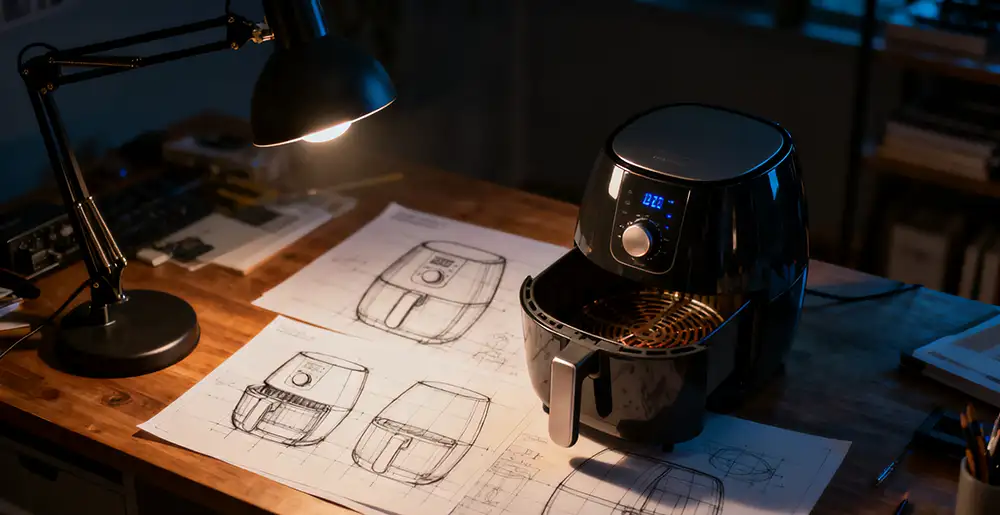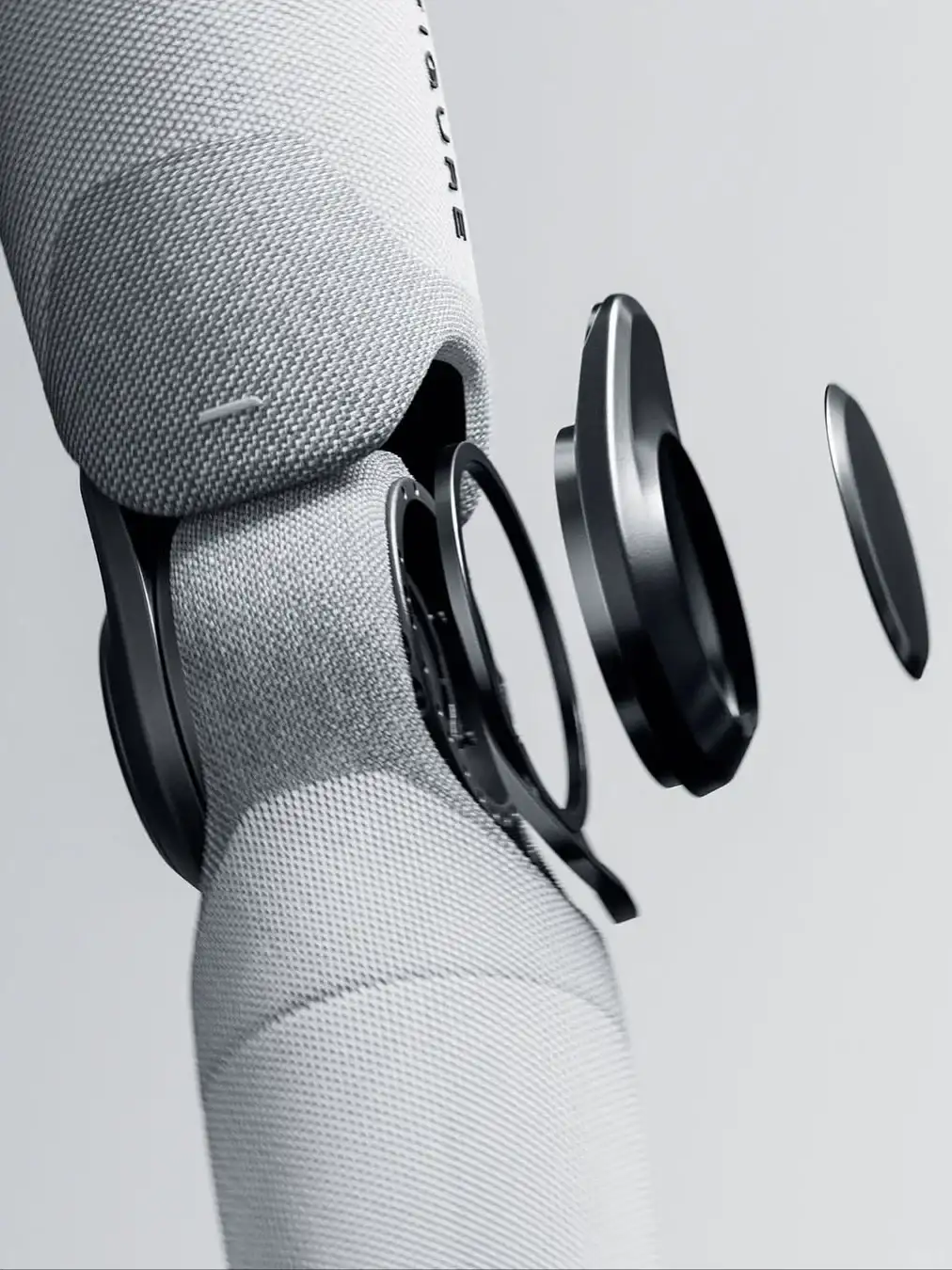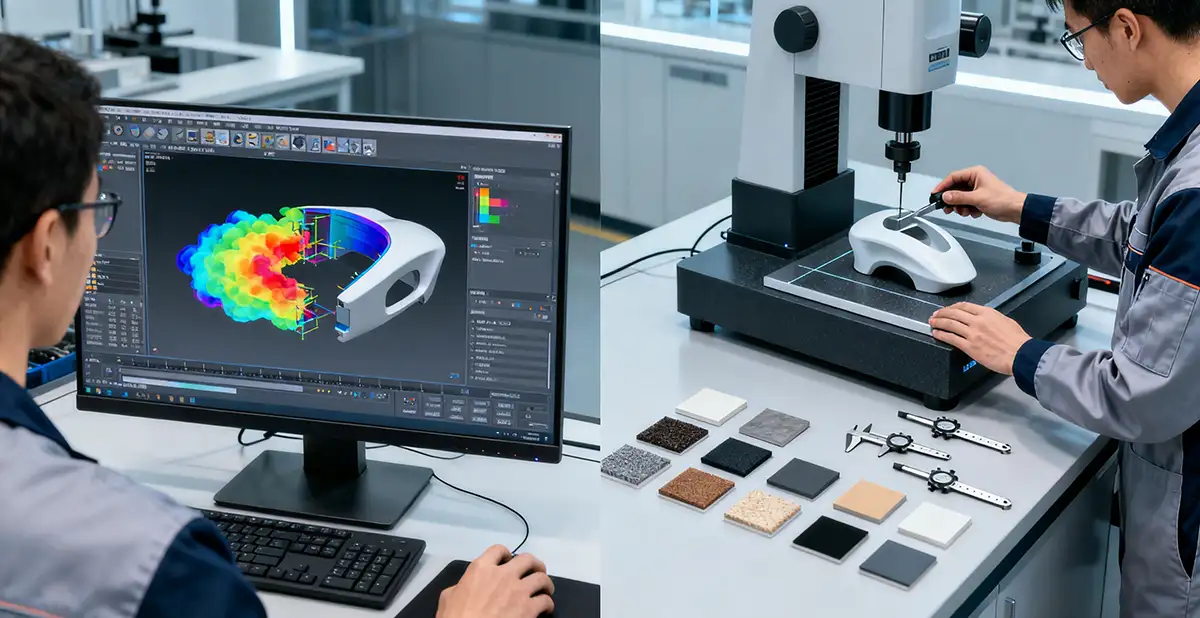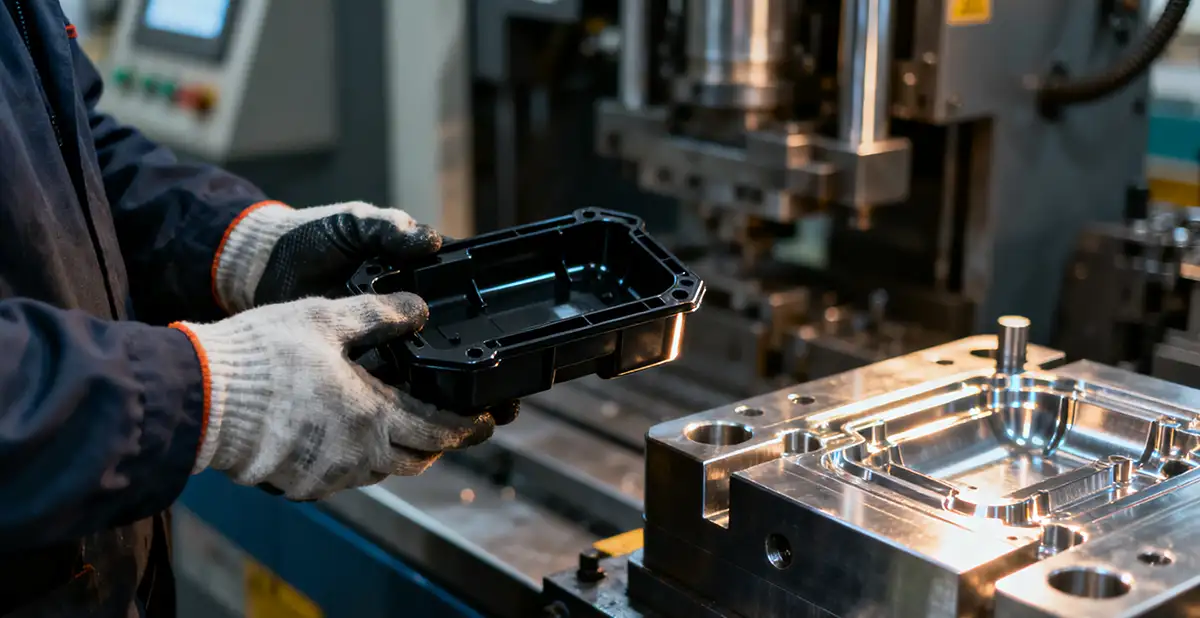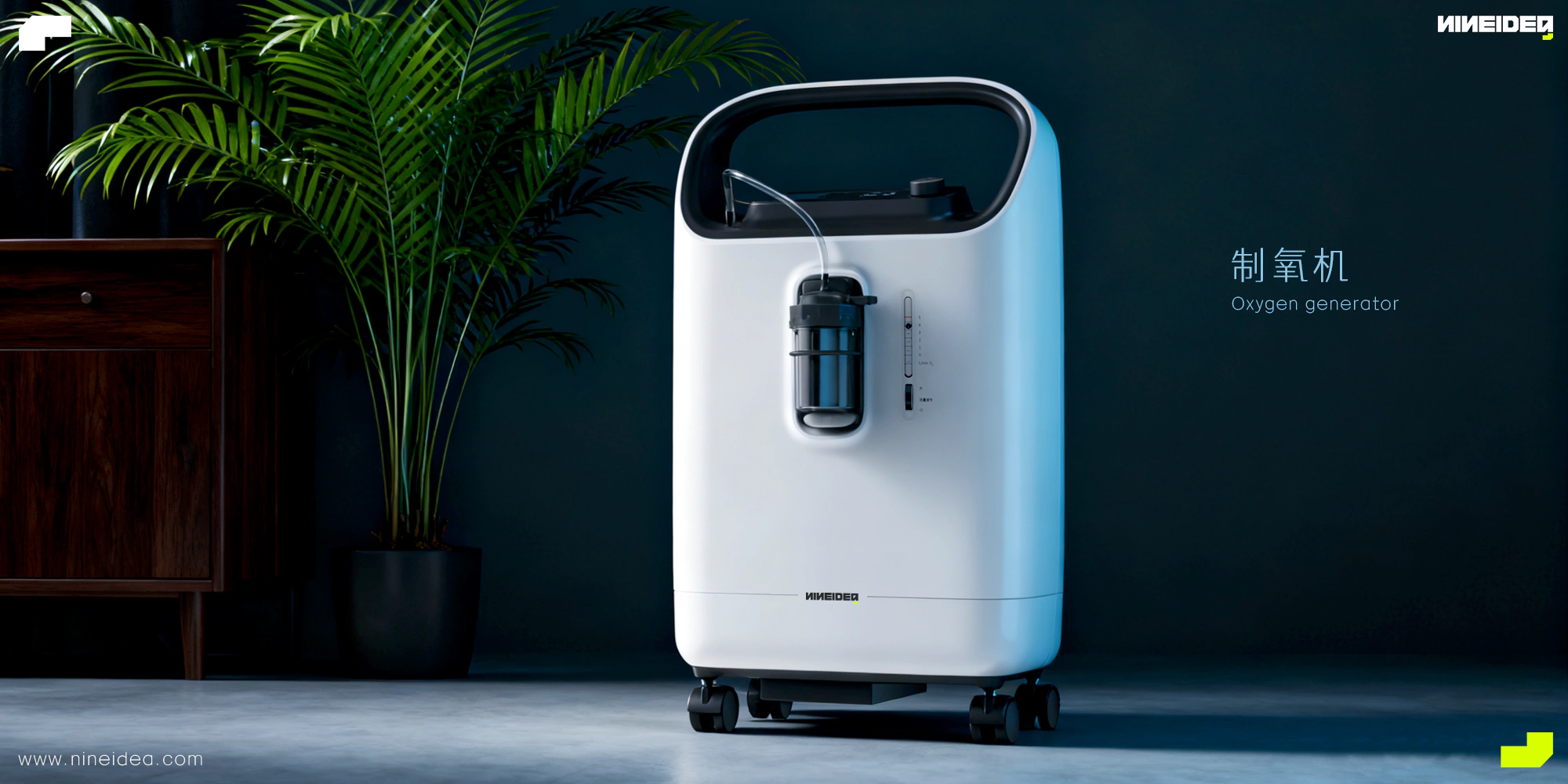NINEIDEA:产品PI家族化设计(Product Identity)是通过系统性设计语言的构建,赋予品牌旗下产品统一且独特的视觉基因与体验特质,形成可识别的 “家族脸谱”。这种设计策略超越了单一产品的造型优化,而是从品牌战略高度建立贯穿产品线的识别体系,成为企业核心竞争力的视觉载体。
核心要素在于设计语言的模块化建构。以宝马汽车为例,双肾格栅、霍夫 meister 弯角等标志性元素,在轿车、SUV、新能源等不同车型中形成变奏,既保持品牌 DNA 的稳定传递,又通过比例、材质的差异化处理适配不同品类。这种 “统一而不单一” 的设计逻辑,在消费电子领域同样显著 —— 戴森的环形出风口、无叶风扇的几何美学,在吹风机、吸尘器、空气净化器等产品中形成视觉锚点,用户无需查看 LOGO 即可识别品牌归属。
功能逻辑的家族化映射是深层支撑。博朗的 “形式追随功能” 理念在产品 PI 中体现为极简几何造型与功能性按键的布局规范,从剃须刀到咖啡机,黑色哑光机身、圆形操作界面、银色装饰条构成稳定的视觉框架,同时每个品类根据使用场景调整细节比例。这种设计策略降低了用户的学习成本,形成 “一看就会用” 的体验连贯性,尤其在智能家居领域,跨品类的交互一致性成为构建生态体验的基础。
情感化识别是家族化设计的高阶追求。苹果的 “科技民主化” 通过统一的圆角矩形、哑光金属质感、隐藏式接口设计,在 iPhone、Mac、Watch 等产品中建立起 “简约而精致” 的情感联想,这种视觉语言甚至影响了用户对品牌价值的认知。当产品家族在形态、色彩、材质上形成持续的感官刺激,便会在用户心智中沉淀为独特的品牌气质,如大疆无人机的 “工业科幻风”、MUJI 的 “无印良品式冷淡”,都是 PI 设计在情感层面的成功渗透。
在模块化生产与个性化需求并存的当下,PI 家族化设计面临着 “标准化与差异化” 的平衡挑战。优秀的设计团队往往通过建立 “核心识别要素 + 弹性适配规则” 的系统,让每个产品在保持家族特征的同时释放品类个性。这种设计思维本质上是品牌与用户之间的视觉契约 —— 当用户看到某款产品的线条转折或色彩搭配时,便能唤起对品牌品质、功能乃至价值观的整体联想,这正是 PI 家族化设计的终极价值:让产品成为品牌理念的立体代言人。
@NINEIDEA九号创新 www.nineidea.com

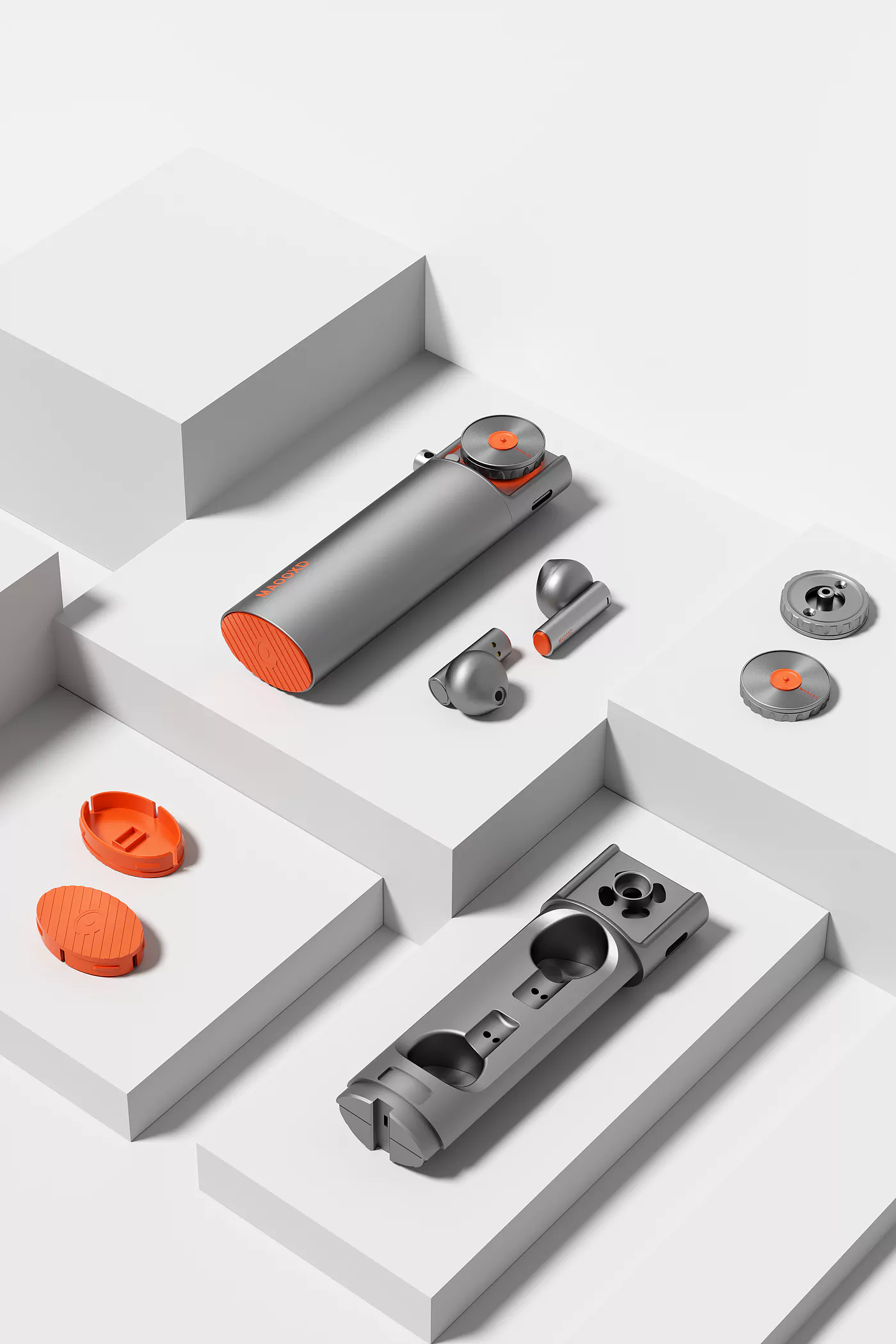
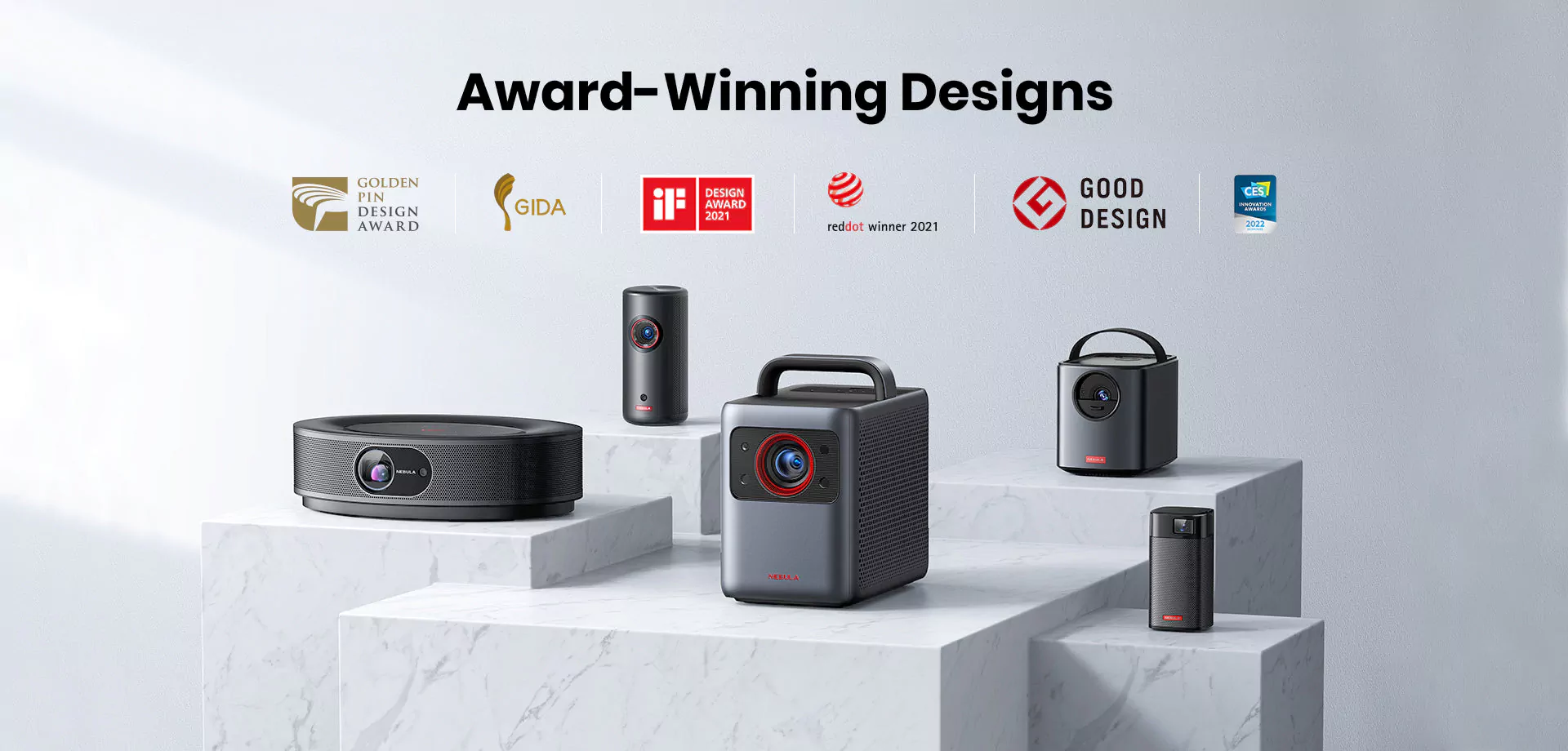

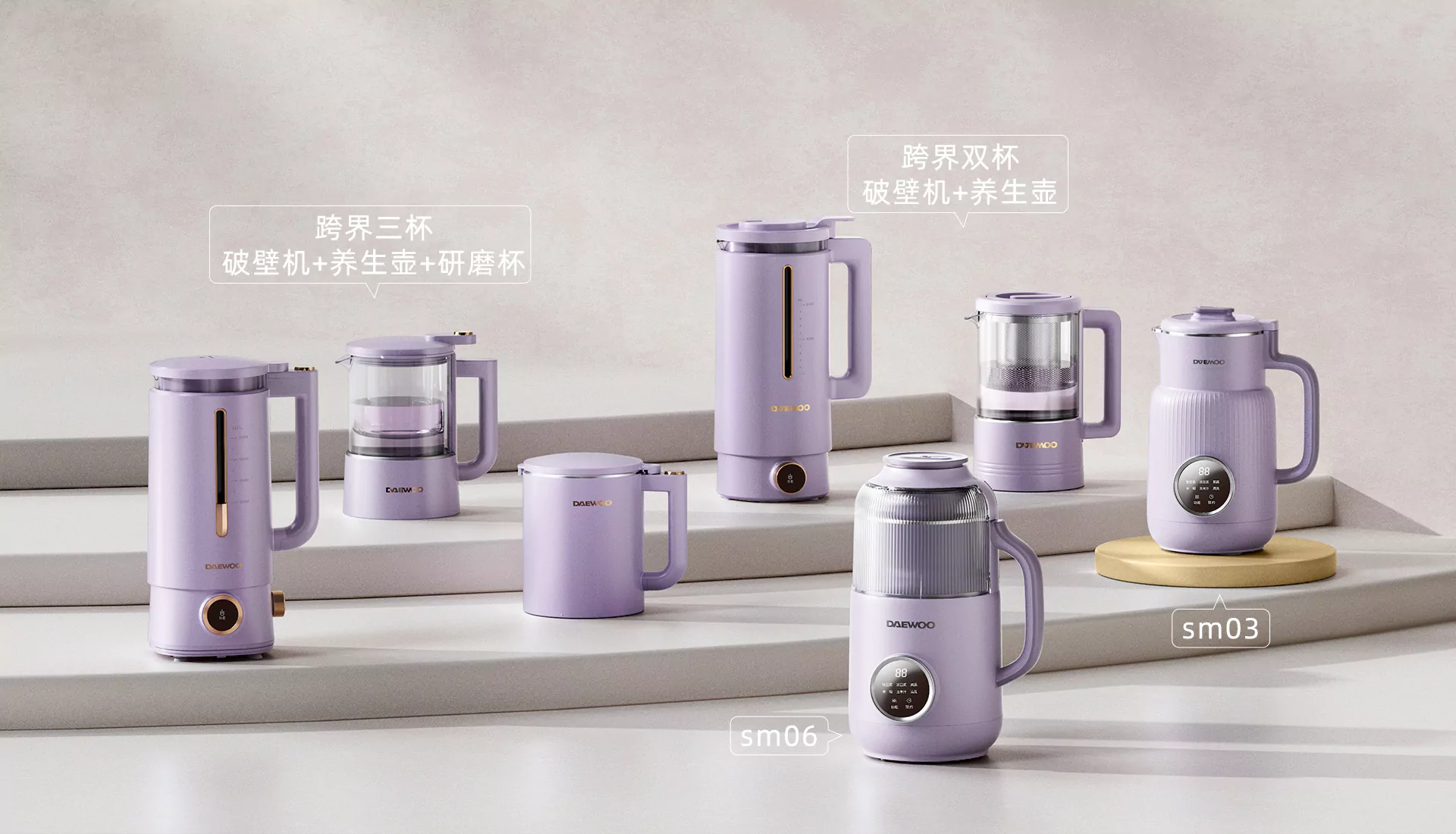



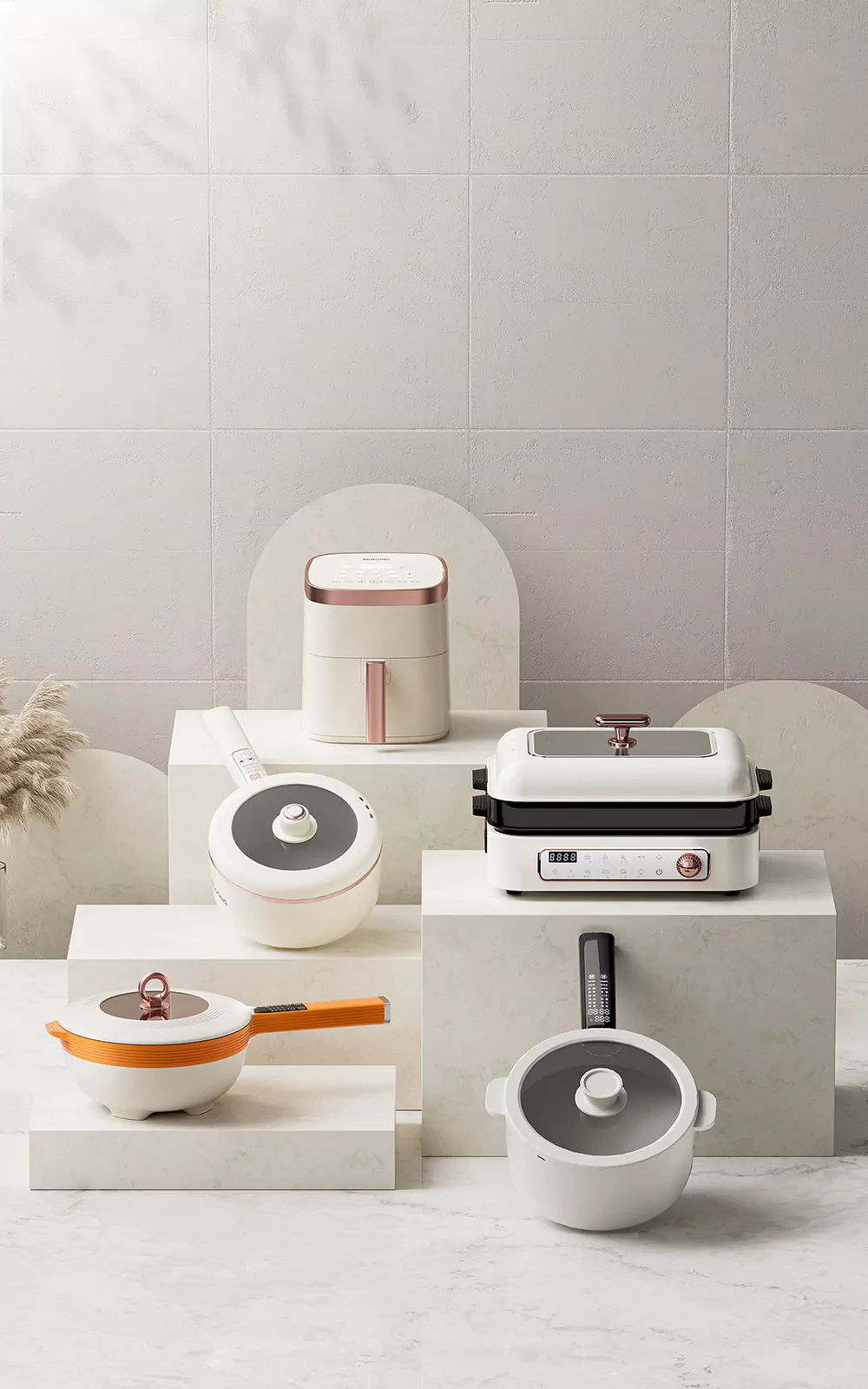

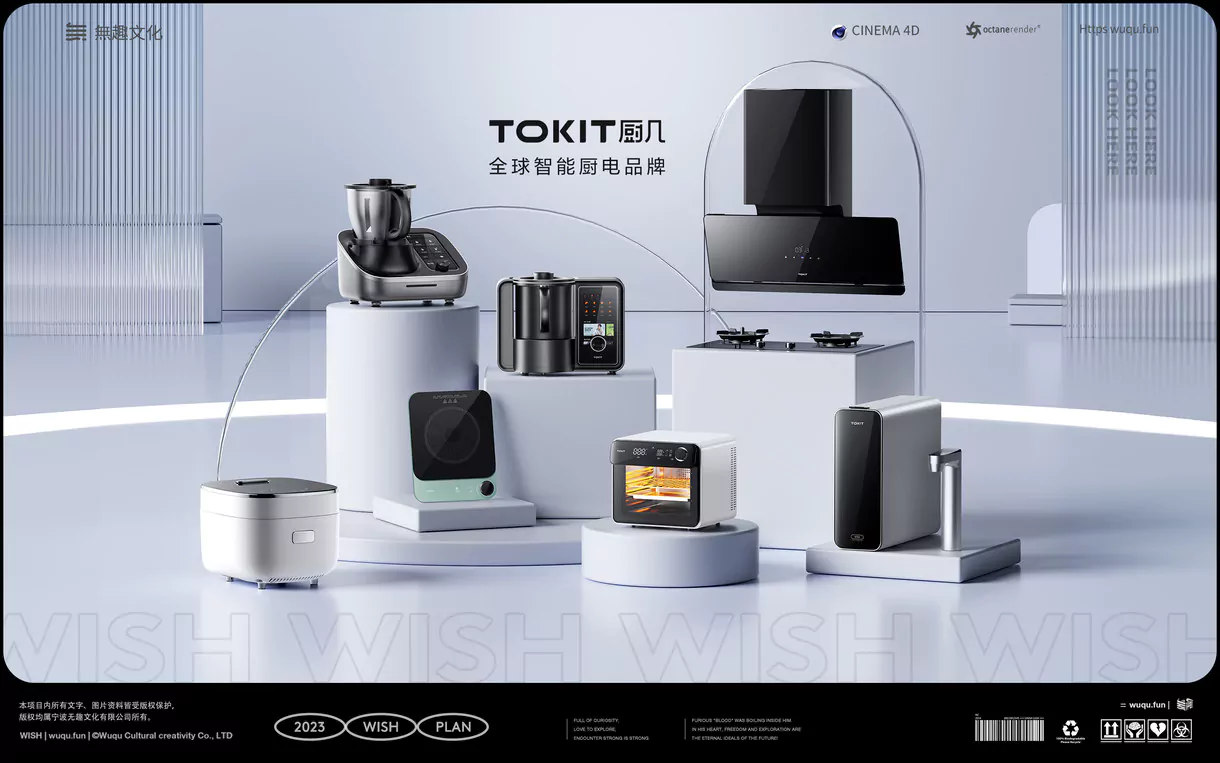
NINEIDEA: Product Identity (PI) family design is the construction of a systematic design language that endows a brand’s products with unified and unique visual genes and experiential traits, forming a recognizable “family face”. This design strategy goes beyond optimizing the shape of a single product, but establishes a recognition system that runs through the product line from the perspective of brand strategy, becoming a visual carrier of the company’s core competitiveness.
The core element lies in the modular construction of the design language. Taking BMW cars as an example, iconic elements such as double kidney grilles and Hofmeister corners are used in sedans SUV、 Variations are formed in different vehicle models such as new energy, which not only maintain the stable transmission of brand DNA, but also adapt to different categories through differentiated processing of proportions and materials. This “unified but not singular” design logic is equally evident in the field of consumer electronics – Dyson’s circular air vents and geometric aesthetics of bladeless fans form visual anchors in products such as hair dryers, vacuum cleaners, and air purifiers, allowing users to identify brand ownership without looking at the logo.
The familial mapping of functional logic is a deep support. Braun’s concept of “form follows function” is reflected in the product PI as a minimalist geometric shape and standardized layout of functional buttons. From razors to coffee machines, the black matte body, circular operation interface, and silver decorative strips form a stable visual framework, while each category adjusts the proportion of details according to the usage scenario. This design strategy reduces the learning cost for users and creates a seamless experience that is immediately applicable. Especially in the field of smart homes, cross category interaction consistency has become the foundation for building an ecological experience.
Emotional recognition is a high-level pursuit of family design. Apple’s “democratization of technology” establishes an emotional association of “simplicity and refinement” in products such as iPhone, Mac, Watch, etc. through a unified rounded rectangle, matte metal texture, and hidden interface design. This visual language even affects users’ perception of brand value. When a product family forms a continuous sensory stimulation in form, color, and material, it will precipitate a unique brand temperament in the user’s mind, such as DJI’s “industrial science fiction style” drone and MUJI’s “MUJI style indifference”, both of which are successful emotional penetration of PI design.
In the current era where modular production and personalized needs coexist, PI family design faces the challenge of balancing standardization and differentiation. Excellent design teams often establish a system of “core identification elements+flexible adaptation rules” to allow each product to release category personality while maintaining family characteristics. This design thinking is essentially a visual contract between the brand and the user – when the user sees a product’s line turning or color matching, it can evoke an overall association with the brand’s quality, functionality, and even values. This is the ultimate value of PI family design: making the product a three-dimensional spokesperson for the brand’s philosophy.
@NINEIDEA九号创新 www.nineidea.com















